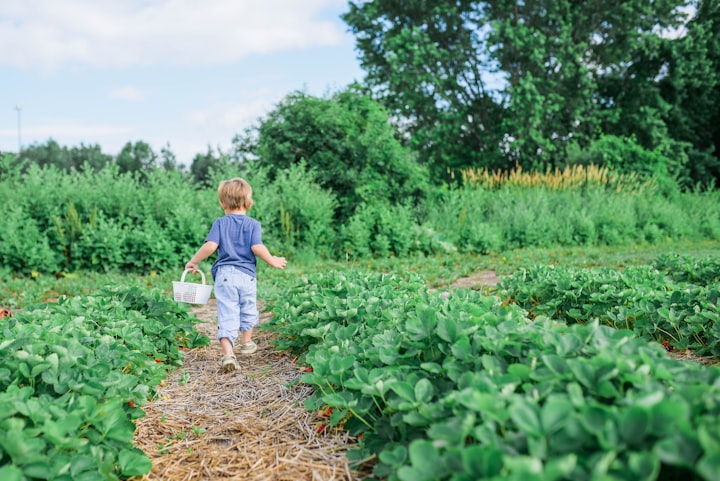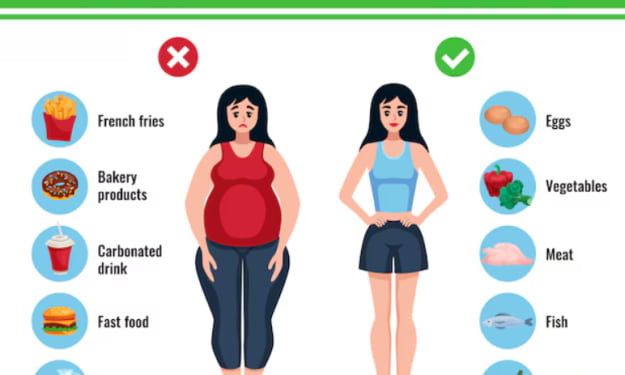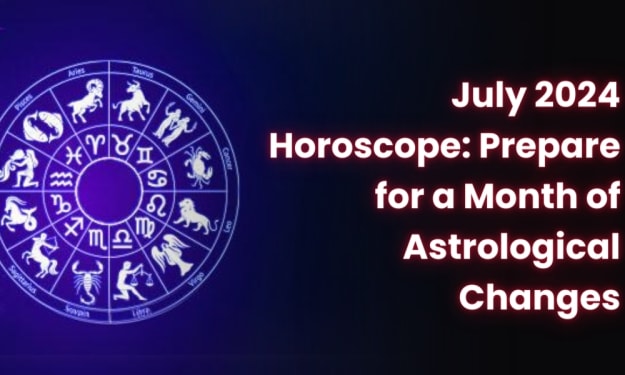Into the Garden I Go...to lose my mind and find my soul.
Creating a sustainable garden regardless of space Part 2

John Muir sure knew what he was feeling when he said, "Into the forest I go to lose my mind and find my soul." He was speaking of the wonder of nature and his stay in the beautiful outdoors. It is unfortunate that right now we can not venture out more than walking distance, however, we do have space no matter how limited to create a garden that will evoke the same wonderment Mr. Muir was speaking of.
Gardening is very therapeutic for me, especially in such a crazy, chaotic, noisy World. So many people are talking but no one is saying anything. Nothing I care to listen to or read on a daily basis anyway. My favorite time of day is early morning when the World is still and quiet. Walking barefoot in the garden with a cup of coffee in hand, picking a weed or two doesn't feel like a chore. It really says to me..."come, lets lose our mind and find our soul."
In my last post I spoke of a plan. How is that coming about? Have you decided on what you might want to plant? Perhaps you found or started a community co-op to share in the bounty? Maybe after thought, a vegetable and edible flower garden? Fruit or nut trees? Vertical gardening with some added pots? Raised beds?
This post I want to talk about what you can and can not plant next to each other and easy DIY solutions for pesky critters such as horn worms, slugs, aphids, beetles and leaf miners. Nothing worse than bugs enjoying your hard work before you. I'm not a fan of over the counter pesticides, I want my food to be organic and GMO free. By you doing the planting, you know!
There are many plants that you don't want to grow together for a couple reasons. Tall plants can steal the sun, water rationing, disease, and some plants are made up of different chemicals and properties which can damage another plant from growth and or taste.
Let's say you decided on growing cucumbers, tomatoes, lettuce and some pole beans. Perhaps you have room for some broccoli, cauliflower and potatoes. Let's add in some strawberries and edible flowers such as Nasturtiums and Marigolds. Maybe some herbs??
So let's start with potatoes. I have learned that no matter where I have tried to grow potatoes they have affected all that they are planted next to. Best to plant these off by themselves. No more needs to be said, keep them in their own space!
Asparagus takes about 3 years for a worthy crop and well worth the time put in! Asparagus likes to breathe and is another crop that is best planted by itself but I can say, by accident I did find that they do well with strawberries.
Strawberries are wonderful in vertical planters such as old gutters hung onto a fence or building side. Broccoli, Brussel Sprouts and Cauliflower do not grow well next to strawberries, just an FYI if you decide to create a strawberry patch.
Peas and pole beans are another crop that should be planted off to the side. They do have a negative affect on many peppers regardless of sweet or spicy and edible plants such as marigolds.
One of the easiest vegetables to grow is cucumbers and usually provide a wonderful yield the first time out. Cucumbers do not do well next to strong aromatic herbs, tomatoes, potatoes or cauliflower.
Who doesn't love a tomato salad or salsa with cucumbers and cilantro? As amazing as that salsa/salad is...they don't like being neighbors!
Lettuces such as butter lettuce, red or green curly lettuce and spinach are best growing in their space together. I don't plant any root vegetables or herbs such as parsley close by.
Melons do tend to catch diseases from squashes and cucumbers and should be planted in their own area.
With limited space, I'm hoping these tips will help in your planning out your garden. I know it can be daunting to figure out the space and maybe the reality is you can only grow a few crops the 1st time out, but don't forget that you can grow anything in pots or on a wall to gain maximum space.
There are many DIY bug killers that will keep your garden free of pesticides. Soapy water, beer, vinegar, Neem or pepper spray or an herbal water spray will do the trick. I've included a link to the how to's here: https://www.angieslist.com/articles/insects-bugging-your-plants-try-these-10-natural-insecticides.htm
This article was not intended to throw you off but to help encourage you to create a sustainable garden that you will walk into and lose your mind. A place that brings you such comfort and awe of your work, you find your soul.
Happy Gardening!
About the Creator
Enjoyed the story? Support the Creator.
Subscribe for free to receive all their stories in your feed. You could also pledge your support or give them a one-off tip, letting them know you appreciate their work.






Comments
There are no comments for this story
Be the first to respond and start the conversation.